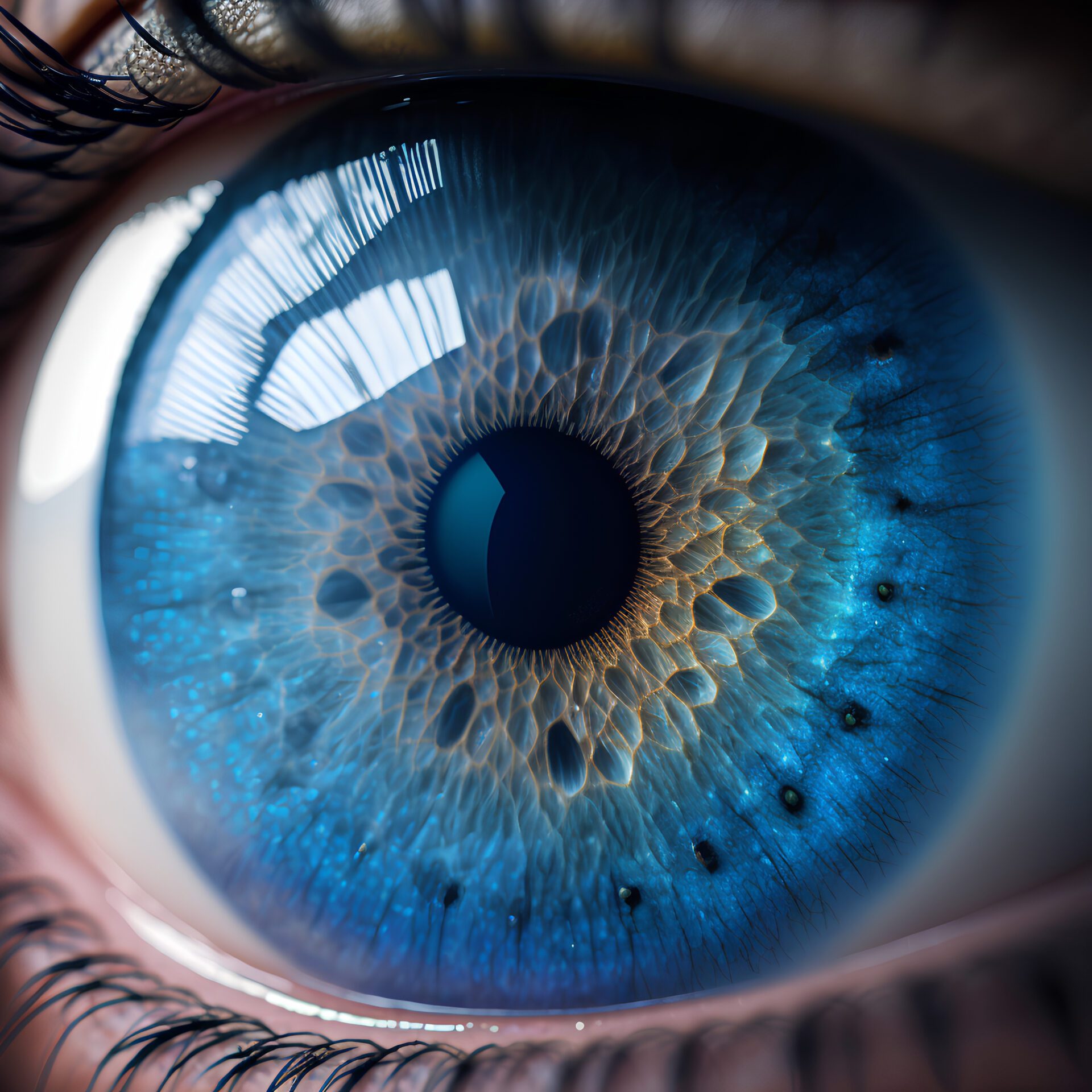Though cataracts are the leading cause of vision loss worldwide, myths persist about common cataract causes and treatment. Cataracts affect nearly 22 million Americans age 40 and older. By age 80, more than half of all Americans will have cataracts, according to the National Eye Institute.
Cataracts are a natural result of aging. As the eye’s lens, which sits behind the pupil, grows older, its cells die and accumulate, turning the lens yellowed and cloudy. The result is blurred vision and “fuzzy” images. Eye injuries, certain medications and diseases such as diabetes are also known to cause cataracts. In the early stages, stronger lighting and eyeglasses may lessen vision problems caused by cataracts. But at a certain point, cataract surgery—the most frequently performed operation in the United States—may be necessary to improve vision.
Understanding the causes and treatment of a cataract can be difficult.
Below are some Common Cataract Myths and Facts.
Close-up tasks like reading or sewing make cataracts worse.
FACT: No. Cataracts are not caused by how people use their eyes. However, cataracts likely become more noticeable during close work. One sign of a cataract is the need for more light to do the same activities well.
Cataracts are reversible.
FACT: No. The lens naturally clouds as it ages. This process is unavoidable. However, its progress can be slowed by quitting smoking, eating a balanced diet and wearing sunglasses with 100% UVA and UVB protection. ·
Cataract surgery is dangerous, and recovery takes months.
FACT: No. Cataract surgery is one of the safest and most highly perfected surgical procedures in medicine, with a 95 per cent success rate. Of course, as with any surgery, risks do exist and should be discussed with a doctor before the procedure. Patients will need to avoid bending or lifting anything heavy for up to three weeks after the procedure, as well as refrain from rubbing or pressing the eye. Normal activities may be resumed the day after surgery, when the eye patch is removed. Cataract patients often notice vision improvement immediately following surgery, and others will notice more gradual improvement for a few months afterward.
Cataracts “grow back.”
FACT: No. Cataracts develop as the lens’s cells die and accumulate; they are not a “growth” that sits on top of the eye. Occasionally patients do develop a different, secondary cataract, though. When the membrane that holds the new lens implant becomes cloudy, vision can be compromised. But this can easily be treated with laser surgery, a painless, 15-minute procedure usually done at a doctor’s office.
Advanced cataract surgery requires special expertise of a cataract surgeon. Griffin Eye Center, Ophthalmic Surgeon, Neil B. Griffin, M.D., specializes in cataract, LASIK, and corneal surgery. Dr. Griffin was named one of the top cataract surgeons in the US by Precision Eye, The National Consumer Advisory Board named Dr. Neil B. Griffin one of America’s Best Physicians and he has won over 25 local distinctions, including “Best LASIK Surgeon”, “Best Cataract Surgeon” and “Best Ophthalmologist”. Dr. Griffin and his highly experienced staff offer a consultation to help you decide which lens will fit your unique lifestyle.
If you are looking for a cataract surgeon or want to know your options for cataract surgery visit griffineyecenter.com or schedule an appointment 843-449-6414.
